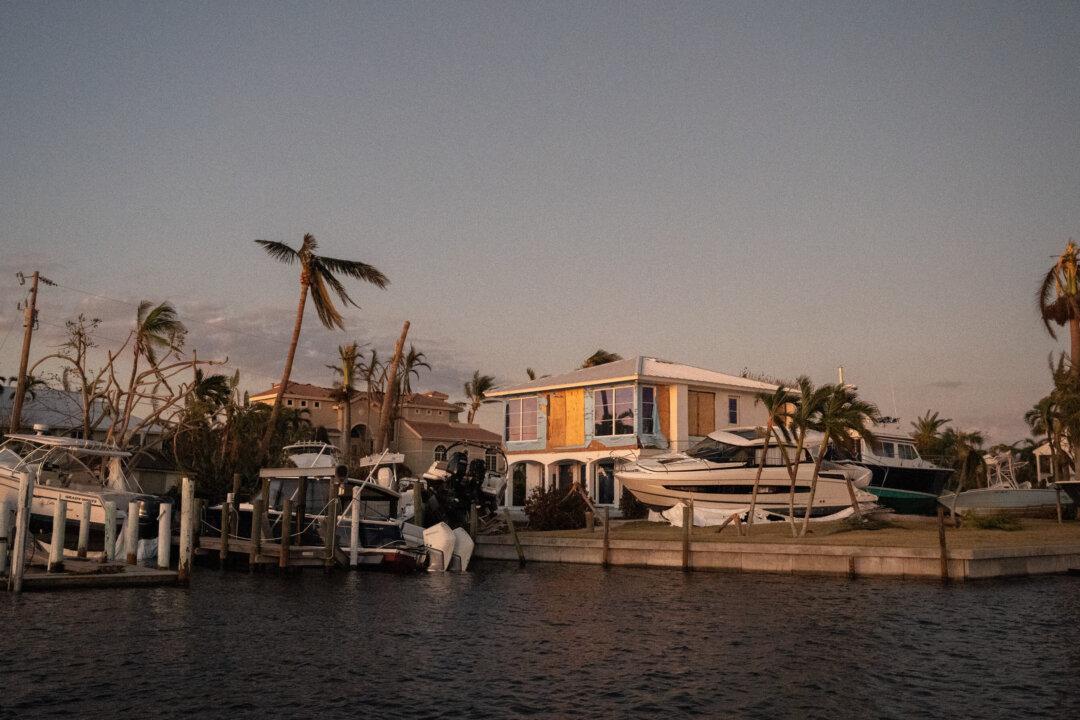After Hurricane Ian struck Florida, and North and South Carolina, its remnants drifted north on Sunday and were expected to dump rain on parts of Virginia, West Virginia, Maryland, and southern Pennsylvania, according to the National Hurricane Center.
On Wednesday, the storm struck Florida’s Gulf Coast, and on Friday, it thrashed waterfront Georgetown, north of the historic city of Charleston in South Carolina.





